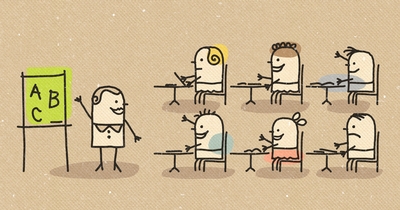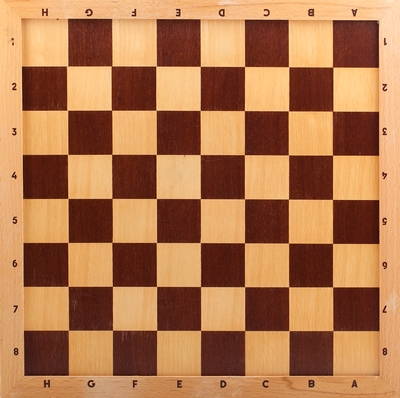With all the conversations about monetizing social media and, specifically, brand conversations, it seems like we’ve forgotten one thing: Kickstarting the dialogues, inside.
A long-ago research study about, yes, study groups reminded us. Decades ago, under the auspices of Harvard, it pointed out that learning was all about relationships, that is, with whom you learned, rather than how you learned. When compared to solo students, social learning produced more engaged, better prepared, and more knowledgeable participants.
[We also remember One L, author Scott Turow’s account of his first year at Harvard Law, wherein study groups became highly politicized – and learning-challenged.]

In turn, the role of communicators shines. Ramping up the social network. Forming communities of practice. Encouraging the talk – and walking that same way. Encouraging leaders to role-model by working together in inclusive and diverse teams and conversations and brainstorming. And offering references and tools and relationship-building context (in tandem with HR and other functions) that propel the business forward.
Interactive. Experiential. Personal. Ever-evolving. Now that sounds like a recipe for change.



